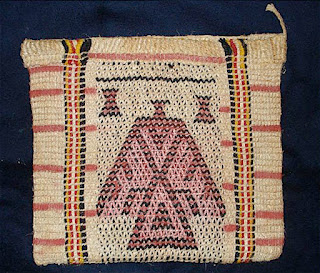This show was started in 1995 at the home of Mel Hankla as a show-and-tell at a “Hammer In” where multiple forges were set up for blacksmithing and teaching demonstrations. In 1998 it became the first C.L.A. Mini event with the goal to provide a learning atmosphere and to promote the mission of the Contemporary Longrifle Association. Each year it’s a “sell out” and boasts 50 tables of items, both for sale and on exhibit. It has a reputation of attracting makers and collectors of the finest traditional muzzleloading firearms, accouterments and other related objects, as well as grand original pieces, resulting in a priceless opportunity to study the old along with the new.
The show is at the picturesque Lake Cumberland State Resort Park at Jamestown, Kentucky. The view above is seen from all the reasonable priced guest rooms at the Lure Lodge, the great restaurant, and the gunroom. The rustic atmosphere provides a motivating environment for only the best of contemporary art and fine antique items pertaining to the Longrifle Culture.
The theme of this show is education and both artists and collectors bring out their best for display. There are fifty tables of traditional muzzleloading firearms, their accouterments and other related objects, all welcome, regardless when they were made.
This year’s guest speaker will be Dr. Jay Hopkins, noted historian and collector of southern powder horns. His collection will be on exhibit and he will speak at 4:00 o’clock Saturday afternoon. Larry Spisak; Morgan’s Glade will provide music throughout the week-end !
Show dates are February 6-8, 2009. Show set up starts: 10:00 A.M. Friday till noon Sunday, February 8th. Open 8:00 A.M. Saturday till 11:00 P.M. Friday and Saturday.
For more information contact Mel Hankla at melhankla@amhiss.com. or call 270-566-3370.
Copy and photos by Mel Hankla with additional photos provided Jan Riser from the 2009 Show.
Below are a couple of artist that attended the 2009 Show.












































































